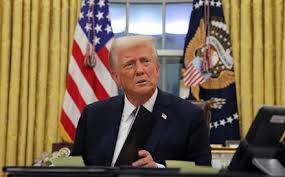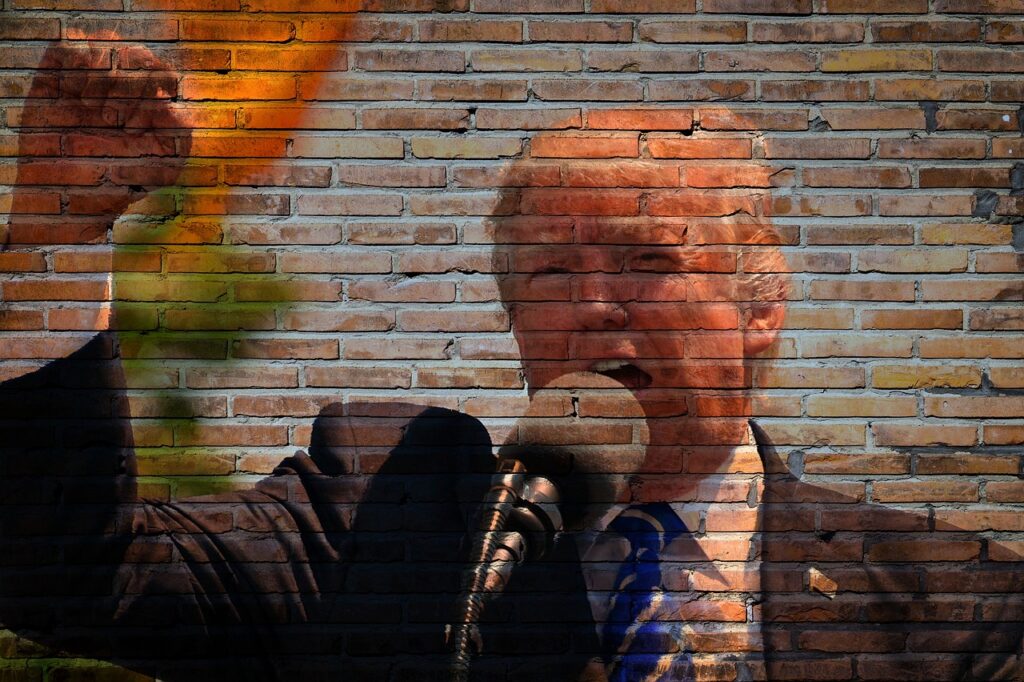How Trump’s Tariff Pause on Mexico Impacts Crypto Markets

The Market’s Reaction to Trump’s Tariff Decision

On February 3, 2025, financial markets experienced extreme volatility after former President Donald Trump imposed a 25% tariff on imports from Canada and Mexico over the weekend, alongside a 10% tariff on Chinese goods. The immediate reaction led to a sharp sell-off in global equities, with the Dow Jones Industrial Average plummeting 665.6 points at its lowest before rebounding to close with a 122.75-point loss.
However, after a diplomatic conversation between Mexico’s President Claudia Sheinbaum and Trump, a temporary pause on Mexican tariffs was announced. This reversal helped stabilize investor sentiment, with the iShares MSCI Mexico ETF (EWW) rebounding over 2% by the end of the day. But what does this all mean for the cryptocurrency market?
The Ripple Effect on Crypto Markets
While traditional stocks reacted strongly to Trump’s tariff threats and subsequent pause, the crypto market exhibited a different behavior. Unlike equities, digital assets such as Bitcoin (BTC), Ethereum (ETH), and Solana (SOL) operate in a decentralized ecosystem that often reacts independently of political policies. However, there are key takeaways for crypto investors:
1. Bitcoin as a Hedge Against Economic Uncertainty

- Historically, Bitcoin has been viewed as “digital gold,” attracting investors during periods of economic instability.
- The threat of prolonged trade tensions and tariffs could weaken global trade, pushing more institutional investors towards BTC as a hedge against inflation and traditional market volatility.
2. Stablecoins Gain Relevance
- As traditional markets experience turbulence, demand for stablecoins like USDT and USDC often increases as traders seek stability within the crypto ecosystem.
- This trend is particularly relevant for traders moving capital between fiat and crypto amid uncertain economic policies.
3. Altcoins and Emerging Markets
- Tariff tensions often lead to currency devaluation in affected nations. If the Mexican peso experiences volatility, investors may turn to crypto assets for financial security.
- Blockchain-based remittance solutions could also see an uptick as businesses and individuals seek alternatives to traditional cross-border payments.
What’s Next for Crypto Traders?
Although Trump’s tariff decision primarily affected traditional finance, the underlying uncertainty presents both risks and opportunities for crypto investors.
Key Strategies for Crypto Investors:
- Monitor Bitcoin’s Correlation with traditional financial markets—if stocks drop sharply again, BTC may see a rise in demand as a safe-haven asset.
- Diversify Holdings by considering stablecoins or defensive altcoins that may benefit from increased adoption.
- Stay Updated on Trade Negotiations—a prolonged trade war could influence institutional investment flows into digital assets.
Final Thoughts
The intersection between global economic policies and crypto markets continues to evolve. While tariffs impact traditional trade, they also fuel the case for decentralized, borderless digital currencies as alternatives to fiat-based economies. As global uncertainties persist, the role of Bitcoin and other cryptocurrencies in hedging against market instability will likely strengthen.
If you’re looking to stay ahead in the crypto space and master the art of persuasive financial writing, check out Copywriting Descomplicado: Como Criar Textos e Chamadas que Vão te Deixar Milionário here. Learn how to craft compelling copy that drives engagement and maximizes your impact in the digital finance world!













Deixe um comentário